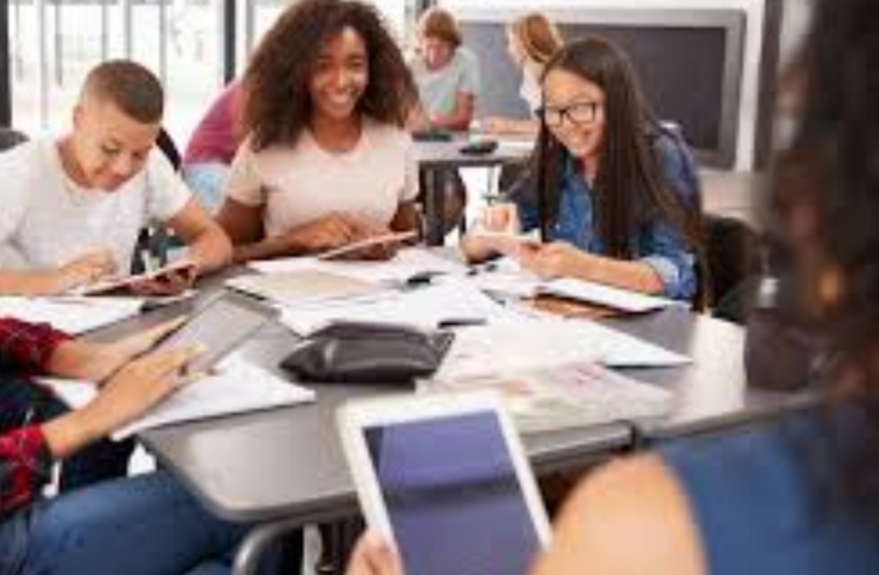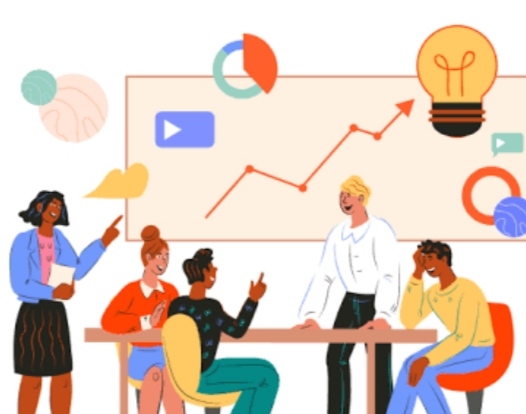Flipping the classroom” is a modern educational approach that has gained popularity in recent years, challenging traditional teaching methods. This revolutionary methodology involves a fundamental shift in how students access and engage with instructional content.
In a traditional classroom, students typically receive lectures and instruction during class time, while homework assignments are completed independently at home. Flipping the classroom reverses this model. Instructors record their lectures or create instructional videos that students can access outside of class. Class time is then dedicated to interactive activities, discussions, and problem-solving, where students apply the knowledge they’ve gained from the pre-class materials.
One of the key advantages of flipping the classroom is the ability to personalize learning. Students can watch videos at their own pace, rewind and review content as needed, and seek clarification before coming to class. This self-paced approach accommodates diverse learning styles and levels of understanding, promoting a more inclusive learning environment.
Moreover, flipped classrooms foster active learning. Instructors can use class time to engage students in hands-on activities, group projects, and in-depth discussions. This active engagement enhances comprehension, critical thinking, and problem-solving skills, ultimately leading to deeper learning outcomes.
Flipped classrooms also promote better teacher-student interactions. Instructors can spend more one-on-one time with students, providing individualized support and addressing specific challenges. This personalized attention can improve student retention rates and academic performance.
However, flipping the classroom requires careful planning and technology integration. Instructors must create high-quality instructional materials, ensure students have access to technology, and adapt their teaching strategies to the flipped model. Additionally, ongoing assessment and feedback mechanisms are essential to gauge student progress and make necessary adjustments.
In conclusion, flipping the classroom is indeed a revolutionary teaching methodology that redefines the traditional education landscape. By shifting the focus from passive listening to active engagement, it empowers students to take ownership of their learning and promotes a deeper understanding of the subject matter. When implemented effectively, flipping the classroom can lead to improved educational outcomes and prepare students for success in an ever-evolving world.




